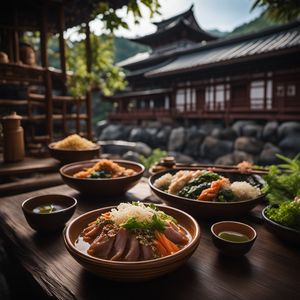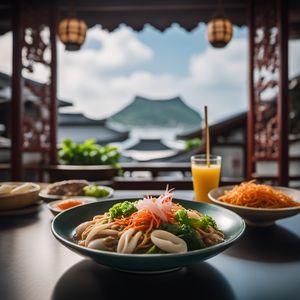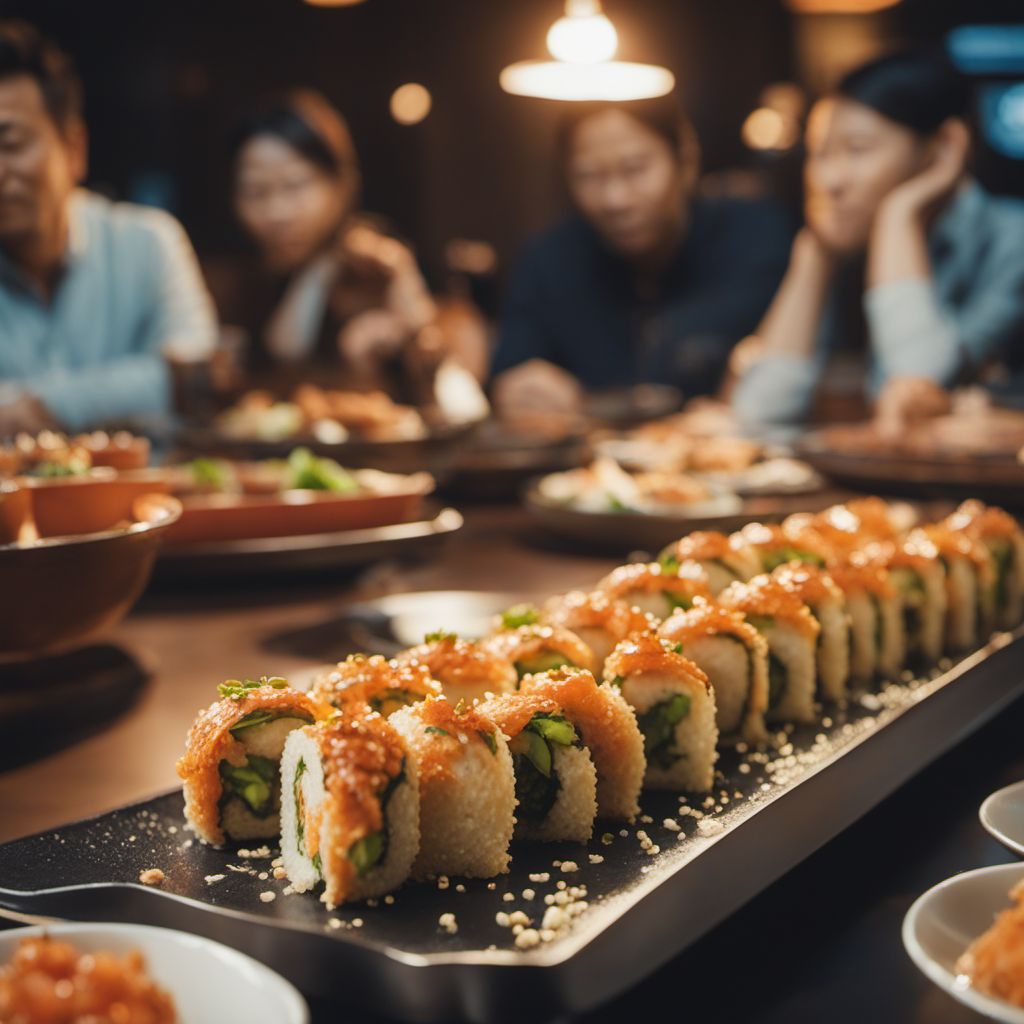
Dish
Gunkanmaki
Battleship roll
Gunkanmaki is made by first wrapping sushi rice in a strip of seaweed and then topping it with ingredients such as uni (sea urchin), ikura (salmon roe), or negitoro (chopped tuna). The seaweed is then tied at the top to create a small boat-like shape. Gunkanmaki has a unique texture and flavor, with the seaweed adding a slightly salty taste to the dish.
Origins and history
Gunkanmaki originated in the Ginza district of Tokyo in the 1940s. It was created by a sushi chef who wanted to create a new type of sushi that was easy to eat and could be made with a variety of ingredients. Today, it is a popular type of sushi in Japan and is also available in sushi restaurants throughout the world.
Dietary considerations
Gunkanmaki is not suitable for those with a seaweed allergy or intolerance, as it contains seaweed. It is also high in sodium due to the soy sauce.
Variations
There are many variations of gunkanmaki, depending on the type of toppings used and the seasoning. Some versions are more salty than others, and some are more savory. Some restaurants also serve gunkanmaki with a variety of toppings, such as pickled vegetables or grated daikon radish.
Presentation and garnishing
Gunkanmaki is typically served on a small plate or dish. It is often garnished with a small amount of grated daikon radish or a sprinkle of sesame seeds.
Tips & Tricks
When eating gunkanmaki, it is important to use a small amount of soy sauce and wasabi, as the seaweed adds a salty taste to the dish.
Side-dishes
Gunkanmaki is often served with a side of pickled vegetables, such as cucumber or daikon radish. It can also be served with a bowl of miso soup or a small salad.
Drink pairings
Gunkanmaki pairs well with sake or green tea. The salty flavor of the seaweed complements the subtle flavors of these drinks.
Delicious Gunkanmaki recipes
More dishes from this category... Browse all »
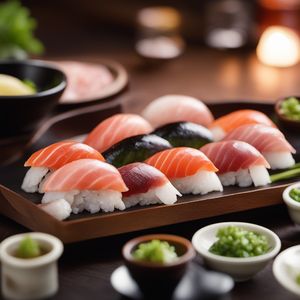
Aji nigiri sushi
Japanese cuisine

Akami nigiri sushi
Japanese cuisine

Anago nigiri sushi
Japanese cuisine
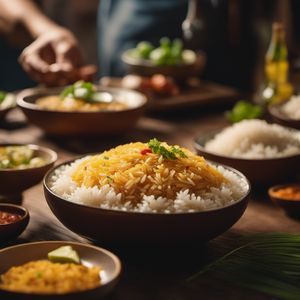
Arroz a la plancha
Spanish cuisine

Arroz a la tumbada
Mexican cuisine

Arroz al forn
Spanish cuisine

Arroz al jerez
Spanish cuisine
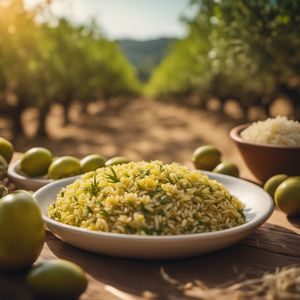
Arroz al olivar
Spanish cuisine


